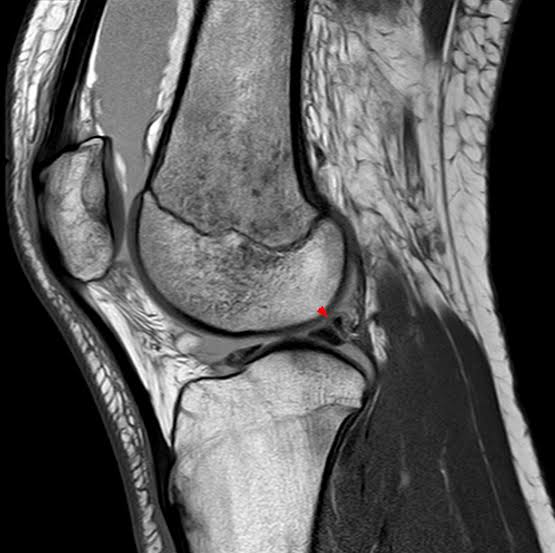
2024-08-09T12:57:18
Physiotherapy clinic in Tambaram Are you Looking for Physiotherapy Treatment in Tambaram, Sunshine Super Speciality Physiotherapy Clinic, We Provide Electrotherapy, Exercise and Manual Therapy, Orthopedic, Neuro, Cardio, Pediatric, Sports and Geriatric Rehabilitation, Post Operative Physiotherapy Treatment, Fracture Rehabilitation, pain free movement. STAGES OF OSTEOARTHRITIS Osteoarthritis is a disease that causes joint tissues to break down over time, causing pain and stiffness in the joint. Osteoarthritis is the most common type of arthritis, especially amongst the elderly population.This condition can affect any joint, but the most commonest joints it affect may involve the hands, knees, Hips, Neck and Lower back. KNEE OSTEOARTHRITIS When there is breakdown of the articular cartilage of the knee, an osteoarthritis of the knee is caused. A knee osteoarthritis is progressive and symptoms are not sudden, but starts gradually and may worsen over time. The cause of osteoarthritis in general is idiopathic, yet many factors may account for its development. Doctors don’t know the exact cause of osteoarthritis but many researches finally established the factors below as predisposing factors; 1. Joint injury or overuse that stresses a joint can damage it and increase the risk of OA. Examples include repetitive squatting or bending. 2. Older people have a higher risk of developing OA and the risk increases with age. Men are less likely to develop OA than women, especially after age 50. 3. People who are overweight or obese put more stress on their joints, such as knees and hips, and this increases the risk of OA. Metabolic effects that occur in obese people may also increase the risk of OA. 4. OA is hereditary and people with family members with OA are more likely to get it. 5. People with certain genes are more likely to get OA. 6. Ethnicity plays a role in risk. Asian women have the lowest risk, while African American and non-white Hispanic women have a higher chance of developing OA than white women, according to results from the clinical trial and observational study of the Women’s Health Initiative (WHI). Aside using these factors as basis for determining whether problem in a joint is really an osteoarthritis, various symptoms remain primary symptoms which may also clearly characterized an osteoarthritis. The main symptom and sign of osteoarthritis is joint pain that worsens with activity and goes away with rest. Later, the disease becomes more severe as it worsens overtime, and pain lingers and becomes present even at rest. Symptoms of osteoarthritis is generally characterized by; 1. Pain with activity or using the joint that may ease after rest. Pain can get worse at night for people with advanced disease. 2. Morning joint stiffness that often lasts less than 30 minutes. Stiffness can also occur after activity. Swelling in and around the joint that can occur after heavy use of the joint. 3. Difficulty moving the joint or reduced range of motion. 4. An unstable or loose feeling in the joint. STAGES OF OSTEOARTHRITIS There are actually four(4) main stages an osteoarthritis occurs. This goes on to say that, for any of the commonest joints osteoarthritis can affect, the stage of the condition runs as such. Symptoms ranging from mild to severe. Treatment options vary by stage. Patient with early stage disease can take supplements and modify their exercise routine to minimize joint damage, while patients with late-stage disease may need surgery to relieve pain and loss of joint function. Stage One, Minor: People with stage one disease have minor wear-and-tear at the joint and typically feel little to no pain. This stage doesn’t usually call for treatment, but a doctor may advise supplements and modifying exercise routines to protect joints. Stage Two, Mild: At this stage, X-rays will begin to show bone spurs at the joint. People will start to feel some pain and stiffness in the join, especially after long periods of rest or after activity. Treatments at this stage involve over-the-counter medications, modified exercise routines and a fitted joint brace. Stage Three, Moderate: People with stage three OA have pain and stiffness during normal daily activity. This is caused by the cartilage that normally cushions the joints wearing down and further inflaming the joint. Treatments include over-the-counter medications and prescription pain medications. If symptoms are more severe, the doctor may recommend joint-lubricating injections called hyaluronic injections. Stage Four, Severe: Stage four is the most severe stage. People experience more severe pain because the cartilage between joints is almost completely gone, and there are more bone spurs. The joint becomes stiff and may be difficult to move. In the hand, it makes gripping difficult. In the knee or foot, walking becomes a problem. At this stage, prescription pain relievers and surgery are the main treatments. Stay tuned as I discussed with you about some of the treatment options significant for the management of osteoarthritis related symptoms in our subsequent content. SUNSHINE ® SUPER SPECIALITY PHYSIOTHERAPY CLINIC - #DrParthiban #Sunshinephysioclinic.in #Physiotherapyclinicintambaram #Physiotherapyclinicnearme DR.M.P. PARTHIBAN.M.P.T (Ortho), Chief Orthopedic Physiotherapist, Call for Appointments: - 9345122177 East Tambaram, CHENNAI

